Lotus Emira V6 vs. Porsche 911 Carrera T
Manual, rear-drive sports cars are brilliant - and very rare now. Which of the best is better?

Every time we think PH has done its last rear-drive, manual, two-door sports car test, so another pairing comes together - thank heavens. There’s a new M2 and Mustang imminent as well, which is encouraging. You'd hardly call it light at the end of the tunnel, but perhaps there’s life in a much-loved category of cars yet. Given their familiarity, it shouldn’t spoil any verdict here to say that both Lotus Emira V6 and 911 Carrera T are superb, and undoubtedly more satisfying driver’s cars with their manual gearboxes. With so much having already been said about the Lotus and its mid-engined Porsche rival, it seemed only fair to consider the rear-engined one as well - and the priciest manual Lotus Emira against the most affordable manual Porsche 911 is nothing if not intriguing, right?
Furthermore, while it’s not possible to order a new Carrera T right now, it seems a fair bet that the model will return for the 992.2 generation; hopefully surviving two eras earns the manual a shot at a third, especially with a newly hybridised GTS now PDK-only. There’s no reason to believe this V6 and manual combo can’t last the lifetime of the Emira. Also, frankly, with their vital stats separated by just 15hp, 23lb ft and 40kg (yep, true) we couldn't resist. Not when a very lightly used 911 would likely shrink the price difference to virtual parity.
That being said, short of spending £90k on a Carrera Cup 911, no Stuttgart sports car is going to outdo the little(ish) Lotus in the visual drama stakes. The Emira remains a proper knockout, squat and taut and beautiful. You might even say it was the Evija that was inspired by the Emira’s design, rather than the other way around, so convincingly does the car wear all the new Hethel hallmarks. Wheels are tucked up in the arches, the front tapers nicely to the thin end of a wedge, and the rear - complete with a very serious looking yet not OTT diffuser - just screams supercar. The charm offensive continues inside, with the engine visible in the rear-view mirror and those curvaceous haunches in the other two. The Emira is even slightly awkward to get into, with a driving position that wants for some underthigh support, to complete the old-school exotic feel.


Alongside, even in Racing Yellow, the 992 just isn’t anywhere near as arresting. The T benefits from Carrera S wheels, and an ever-so-slightly lower ride height, but despite the decals it’ll resemble a Carrera to most. Because it largely is. But while that won’t draw anywhere near the eyeballs of the Emira, it’s worth pointing out that the outgoing derivative of 911 remains a handsome beast, cool and clean cut in time-honoured Porsche tradition. It doesn’t need scoops and slats in the bodywork because it doesn’t need to try that hard. Your Nan would know it’s a 911; hopefully, your best mate would be intrigued because of the stance and the stickers.
They’d definitely want to know more about the manual gearbox sprouting from the dash. So seldom seen in new 911s that aren’t for sale at preposterous money, the seven-speed lever is nothing if not a talking point. Better integrated than might be expected (given how neatly the much smaller auto switch nestles in the same place), it operates with all the precision and slickness that characterises the rest of the 911 experience. Even the still slightly odd final ratio is easy to deal with if you just go back down to sixth first before any lower gear, rather than trying to go straight from top. Perhaps some additional colour wouldn’t go amiss inside, though as a lesson in cabin quality, logic and cohesion the 992 remains very hard to fault. You sense it’ll feel just as sturdy and look almost as smart in another 100,000 miles.
The Emira doesn't impart the same sense of impervious solidity, though it remains a vast improvement on the recent past. The leather is soft, there are buttons where they’re useful, and the touchscreen is good even if it doesn't rival the Porsche. Fun details like the mesh to view the gear mechanism and the Lamborghini-style start-button cover are conspicuous by their absence in the sombre 911. Though that seems like a small price to pay, truth be told, for an interior that secures the driver a better relationship with wheel, pedals and stick. You can eventually find a comfy enough position in the Lotus; the 911 fits like it’s tailored-made.


It’s hard to know what to expect from driving the Emira. The initial prototype drive of a Tour chassis was hugely encouraging, albeit with the Hethel home advantage, only for the Sport-sprung 2.0-litre to feel fidgety and overly aggressive. On the same roads again, the Tour V6 is, pleasingly, an absolute joy - the kind of driving experience that only Lotus delivers. The scope of the passive damping seems almost boundless, as happy to caress the car over 20mph speedbumps as it is dealing with deflections at four times that speed. The clarity of the steering is beyond reproach, too, and the sensations of this six-speed gearbox have tangibly improved over previous installations. Even scratching the surface of its ability, the Emira enthralls.
The Porsche isn’t so immediately charming. By 992 standards there’s plenty to be entertained by, from more engine fizz to just having to use your left side, but the bare-knuckle feedback that defines the Emira experience from the first wheel revolution isn’t present in anything like the same quantity. The steering (with optional RWS) is super responsive by comparison and arguably better weighted, though it lacks the accuracy and the animation of the Emira. Even with the adaptive exhaust in its correct setting, the flat-six sound is not quite as stirring and the clutch bite vaguer (though the Porsche had a lot more miles on it than the Lotus). Despite the missing rear seats, lightweight glass and driver-focused spec, the T is initially more distant than the Lotus. By a margin.
Additionally, that easygoing nature and intangible flow to the Lotus experience - still a marker of the low-weight ethos - is not replicated in the 911. In the Emira, the modes don’t do much beyond introducing more noise and less ESC assistance, because it all works so nicely as is; in the 911 there’s more angst about whether the auto-blip should be on, whether the damping control should be stricter and so on. It can be left well alone and still deliver convincingly, of course - agile, disciplined, tireless - yet it is harder to establish a rhythm with. The T feels like it wants maximum attack to show off its best, while the Lotus is as easy as a Sunday morning.
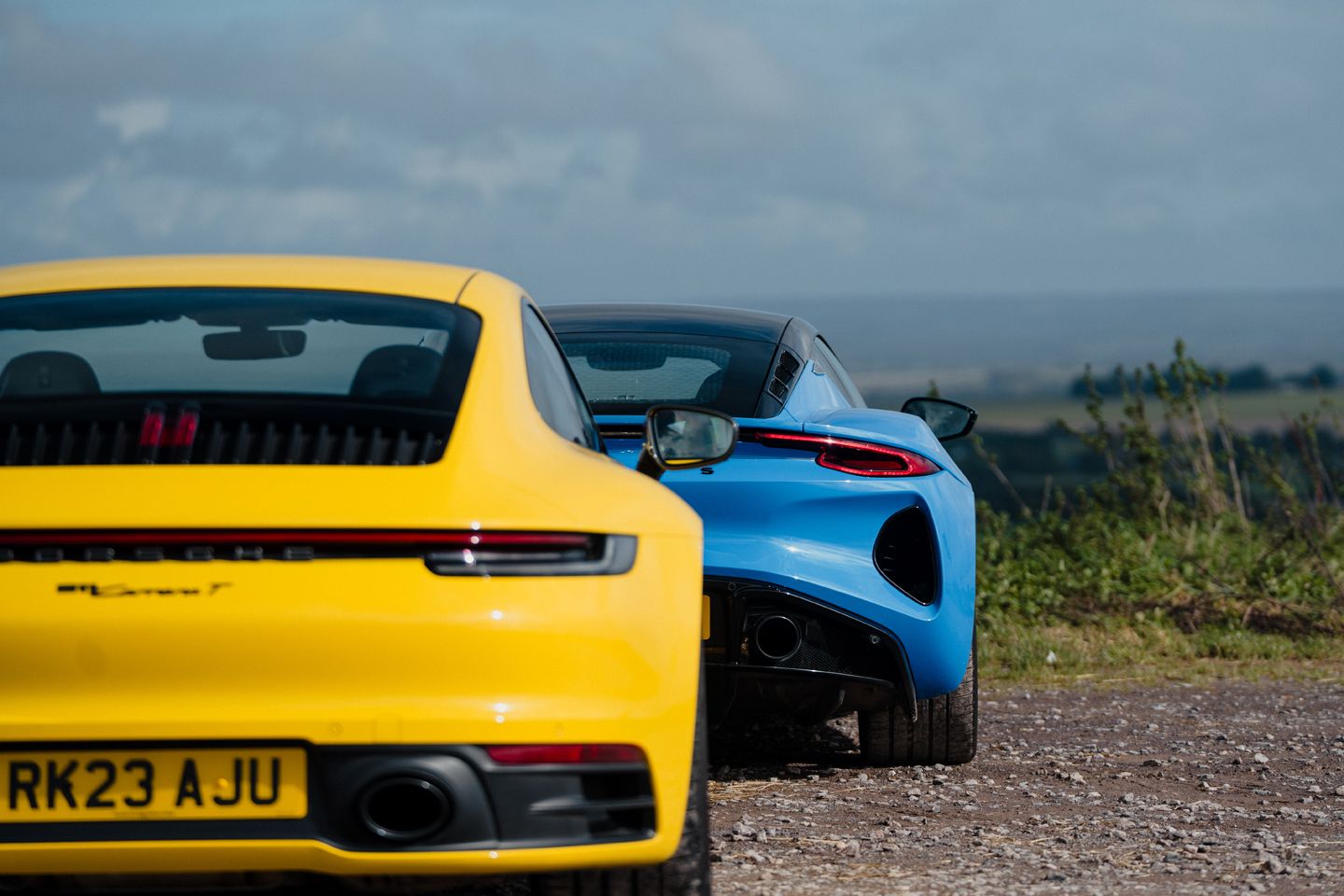

Despite a lower state of tune compared to the rest of the range and no hybrid assistance, the T’s twin-turbo flat-six remains a very good Porsche engine. It revs with greater enthusiasm than the Lotus, rushing to beyond 7,000 where the V6 abruptly calls time at 6,800rpm (just when it feels fit for a final flourish.) There’s also precious little lag to the flat-six, so it never feels at a disadvantage compared to the supercharged Lotus. The sound is reasonably exciting, if nothing on the shrieking rasp of the V6. Every time the Emira’s heftier gearbox and clutch felt like the better option (certainly its ratios are preferable), the Porsche’s shorter throw, better placed pedals and better-defined gate snuck it ahead again. Both prove (in case we needed it proving) what a benefit a manual transmission can be to a great drive, forcing you to pay attention, think about the road and interact with the machine.
You hardly be surprised to hear that it's not hard to enjoy both a great deal. The Porsche impresses with its huge depth of ability, seemingly never happier than demonstrating just how well it can stop, how keenly it can steer and authoritatively it can ride. Nothing fazes it, and confidence builds quickly because of just how good the brake pedal is, and how assured its enormous reserves of grip always seem to be. For what is essentially an added-value, entry-level 911, it’s very hard to fault, the consummate Porsche two-door with quality coursing through every inch. And to be frank, it’s quite nice that a manual, two-seat, two-wheel drive, sub-400hp 911 can remain part of the range at vaguely realistic money. The novelty of seeing the cavern behind the seats and a proper lever between them surely wouldn’t wear off for a long while.
The Lotus, in its own inimitable way, is a great reminder that sports cars don’t need much to impress. Like some of the best meals you’ve ever eaten, occasionally the greatest satisfaction comes from the simple stuff done expertly well. None of the Emira’s makeup is new, but it feels honed and buffed to a level not previously reached, more usable and desirable than an Evora while still as magical to drive - if not more so in some respects (primarily the gearbox). It’s a shame that there’s so much rubber on the road, because it denies itself an impish sense of fun. Otherwise, meaningful gripes are few and far between.
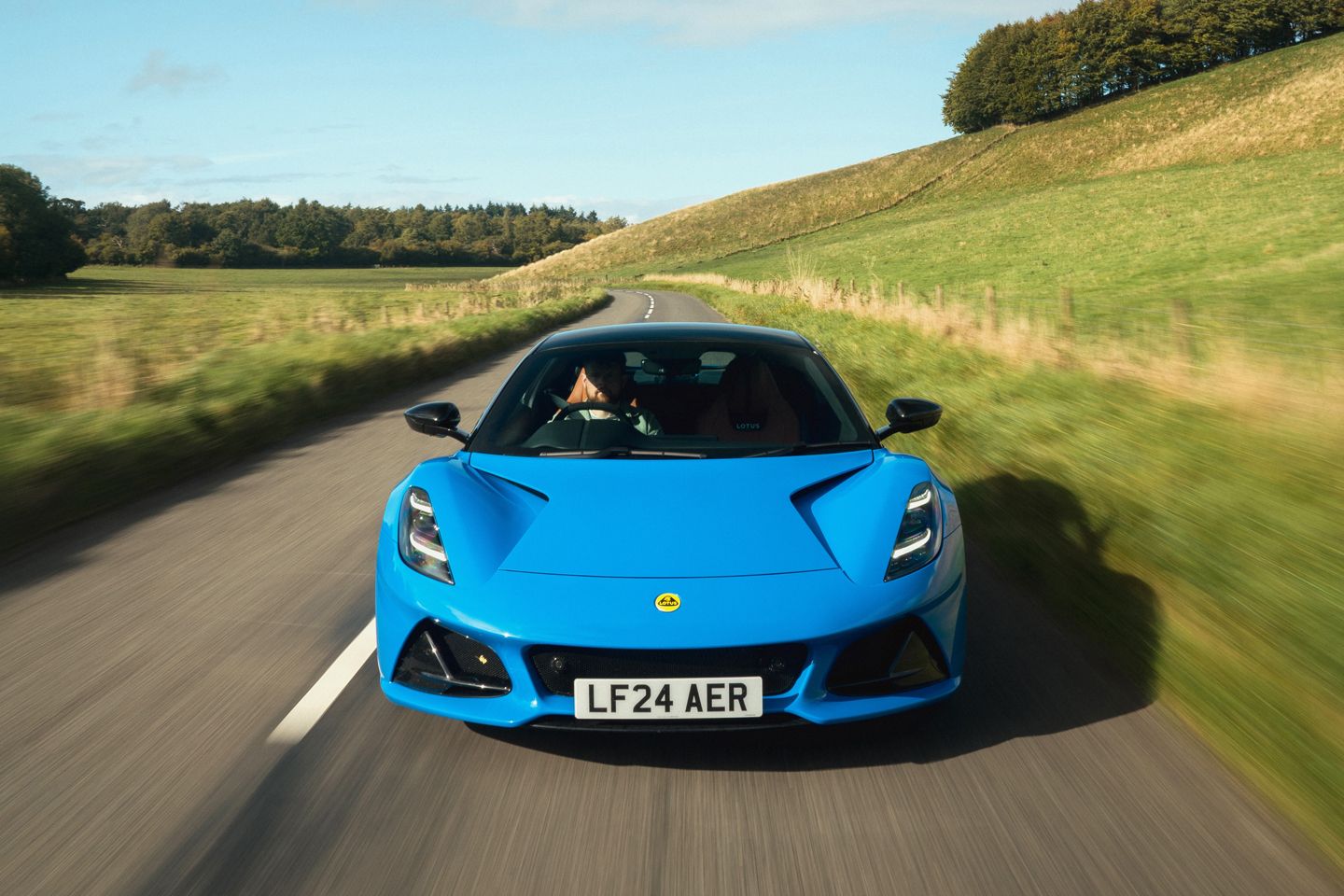
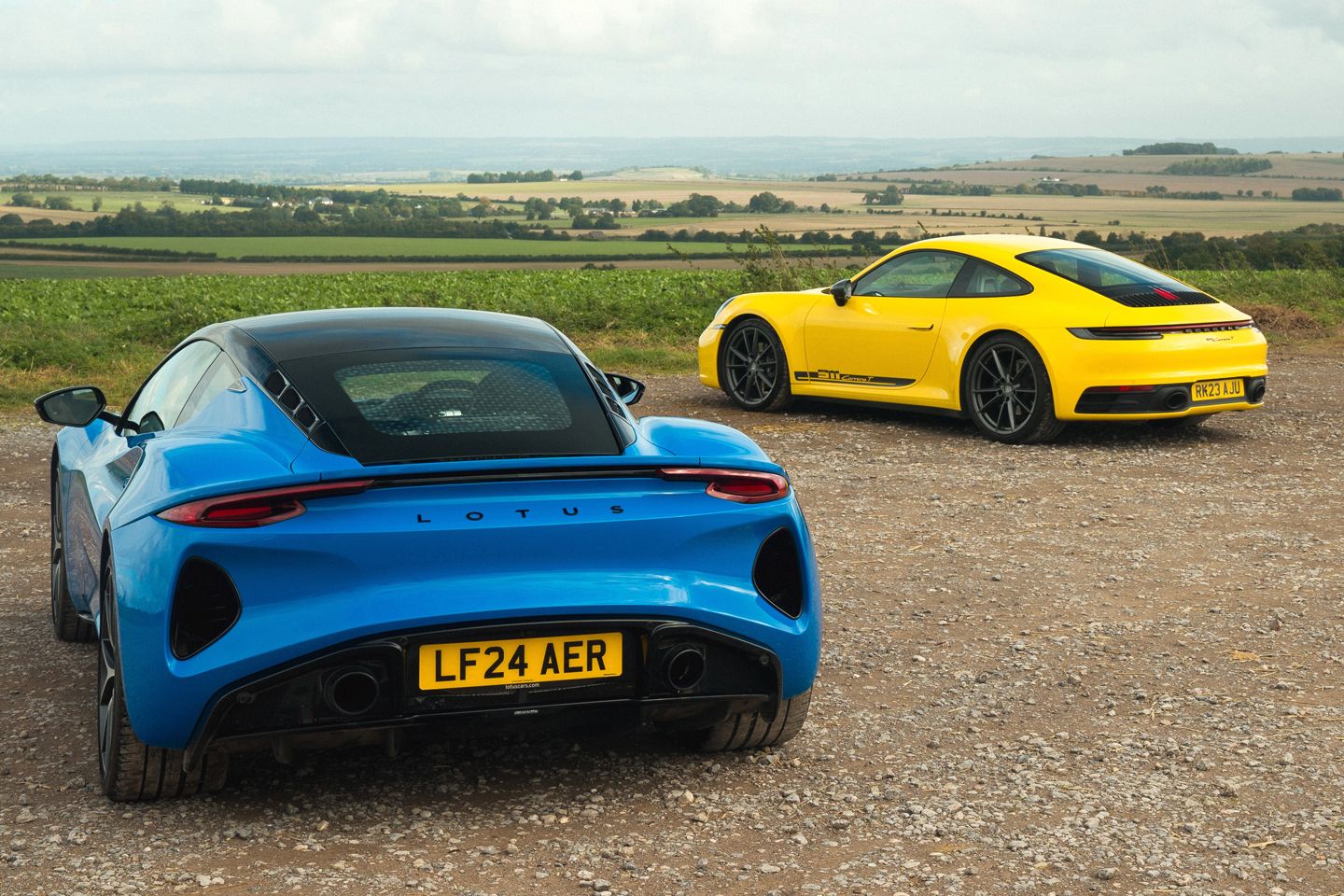
Ultimately, this comparison feels like a match-up between a new coupe that’s been outfitted with some old-school features, and a more traditional sports car that’s been usefully modernised. Both are very persuasive. The T - with its gearbox and its relative racket - injects some personality that’s missing from 992 Carrera; the Emira, as it was intended, realises the potential that was always there in the Evora and perhaps kept it from stealing more Porsche sales. It looks a million bucks and the interior is really smart, which could never be said previously.
It seems likely that the T would continue to reveal its talents over time, that unflappable nature coming to the fore on a giant road trip perhaps - or fully taken advantage of on track. The satisfaction of seeing a 911 parked outside, or using an interior that requires no qualification or explanation, shouldn’t be underestimated either. Nor the dependability that typically comes with a Porsche purchase. This time, though, with the emphasis on driving pleasure, the Lotus must take the spoils. It’s a more demanding car to pedal, requiring more thought about weight distribution, entry speed and so on, yet because it is such a treat to engage with, that additional effort never seems like a chore. Quote the opposite, in fact. Right now, a Tour-spec, manual V6 Emira feels like the best of the breed. And perhaps we say this more in hope than expectation, but long may Lotuses continue in this vein.
SPECIFICATION | 2023 PORSCHE 911 CARRERA T
Engine: 2981cc, flat-six, twin-turbo
Transmission: 7-speed manual, rear-wheel drive
Power (hp): 385@6,500rpm
Torque (lb ft): 332@1,950-5,000rpm
0-62mph: 4.5 secs
Top speed: 182mph
Weight: 1,470kg (DIN)
MPG: 27.4
CO2: 234g/km
Price: £105,700 (price as standard; price as tested £113,638, comprising BOSE Surround Sound System for £1,152, Light design package for £407, ParkAssist including Surround View for £1,374, Fire extinguisher for £155, Electric folding exterior mirrors for £276, LED Matrix main lights including Porsche Dynamic Light System Plus for £2,361, Rear axle steering for £1,830, Side window trims painted in black (high gloss) for £383. Racing Yellow, Sport-Tex interior package, Sports seats plus and 20/21-inch Carrera S wheels all NCOs)
SPECIFICATION | 2024 LOTUS EMIRA V6
Engine: 3,456cc V6, supercharged
Transmission: Six-speed manual, rear-wheel drive
Power (hp): 400@6,800rpm
Torque (lb ft): 309@3,500rpm
0-60mph: 4.1sec
Top speed: 186mph
Weight: 1,430kg
MPG: 29.1
CO2: 225g/km
Price: £89,895 (price as standard; price as tested £90,295, comprising £400 for Alcantara wheel with black stitch)
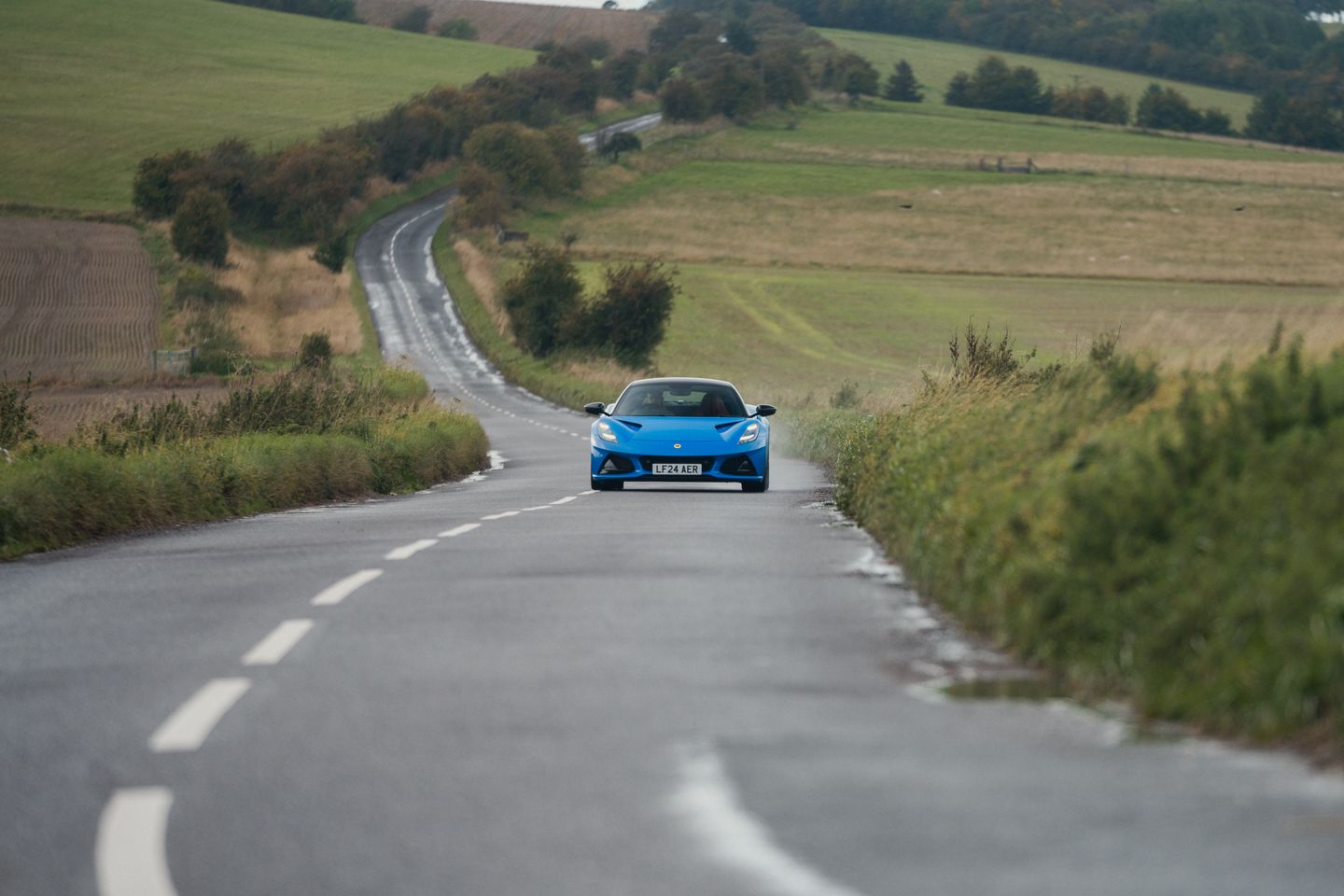
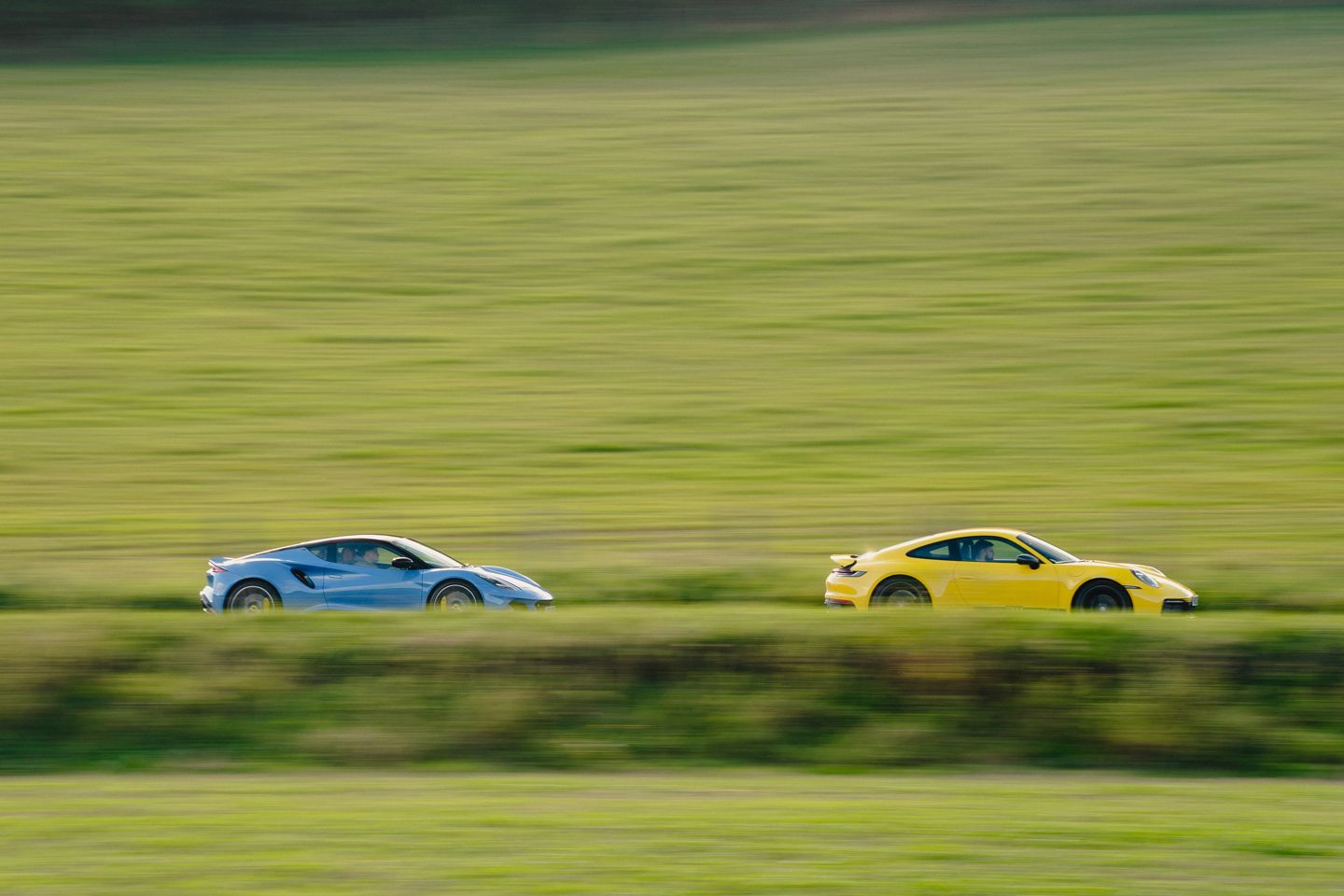
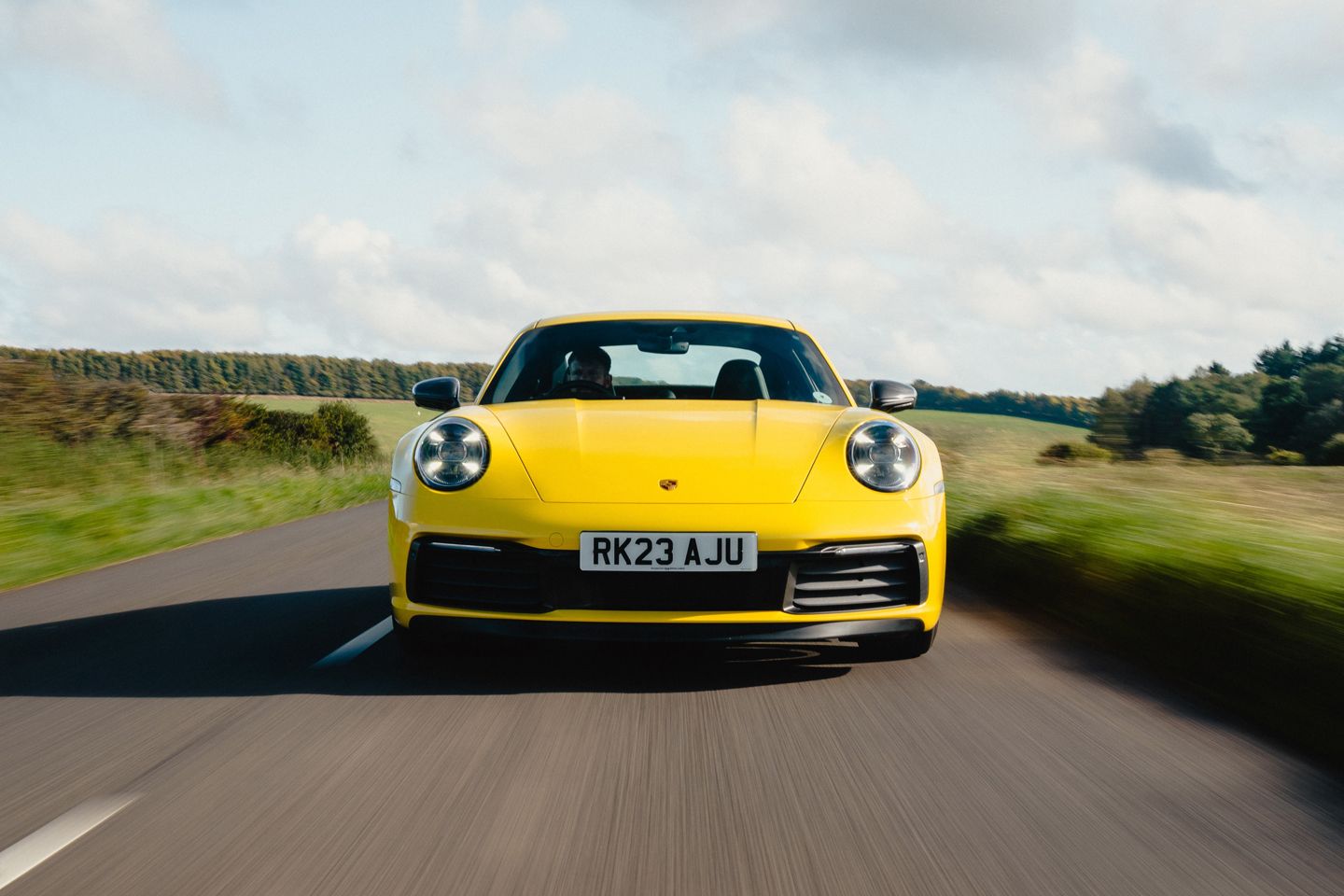
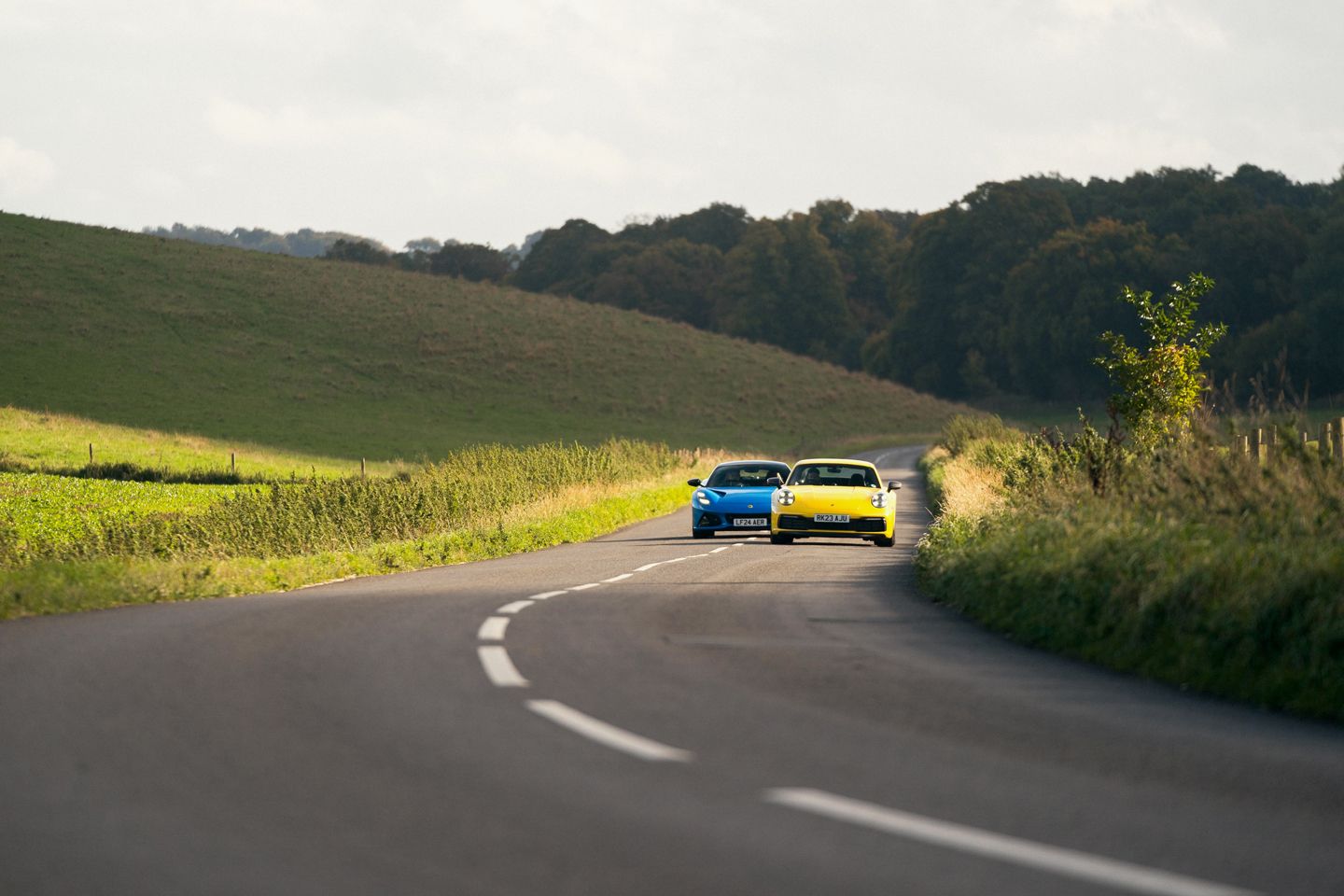

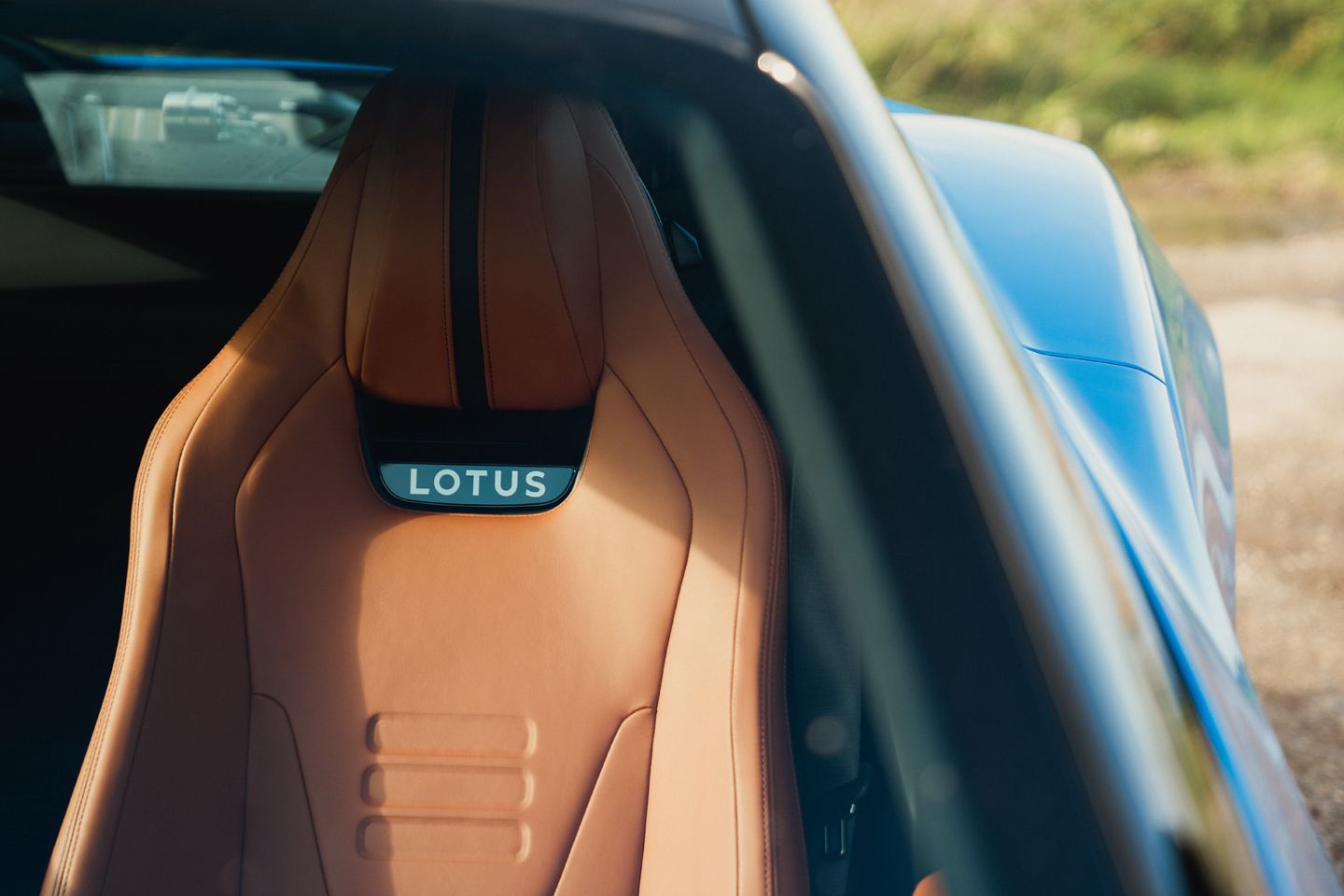
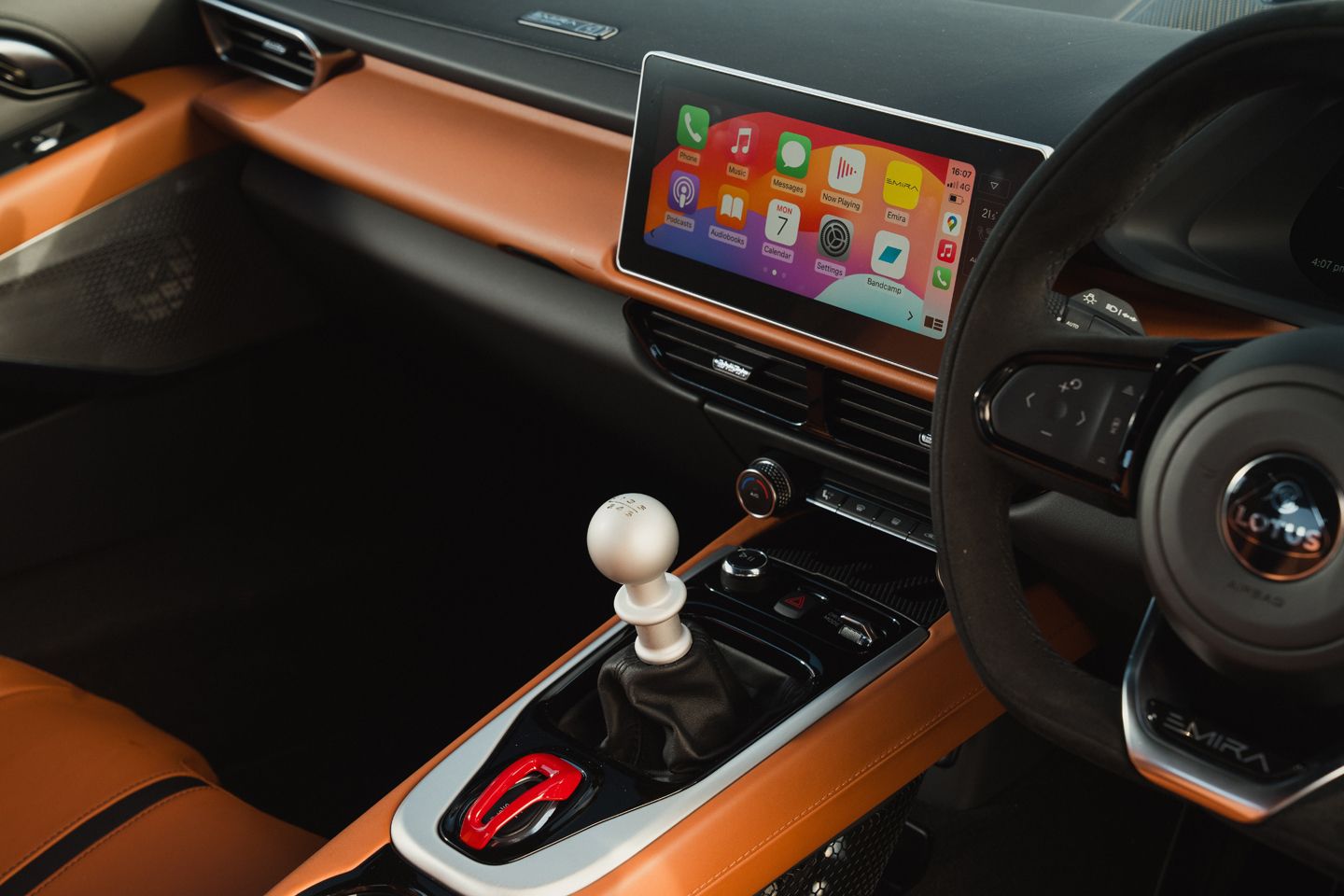
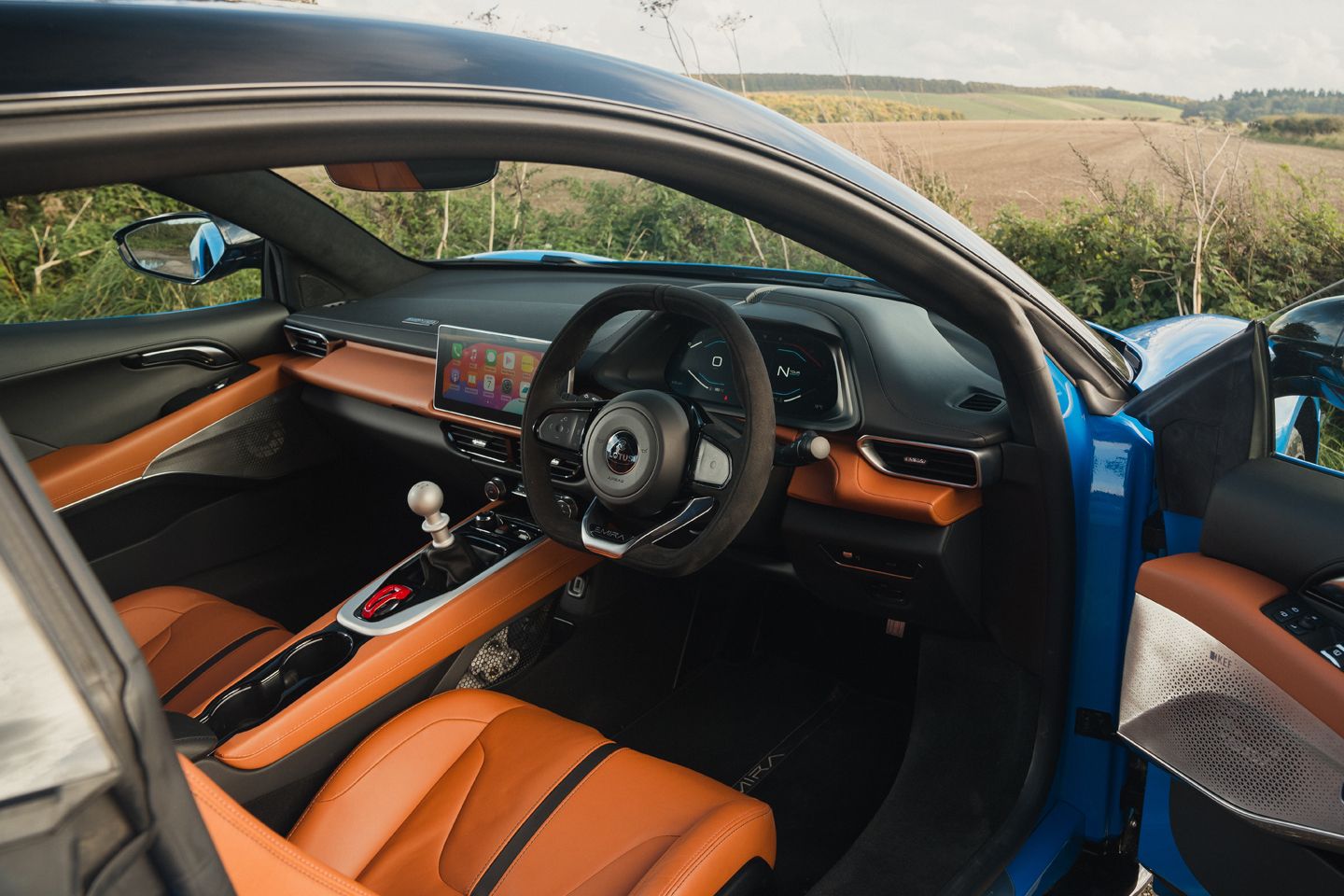
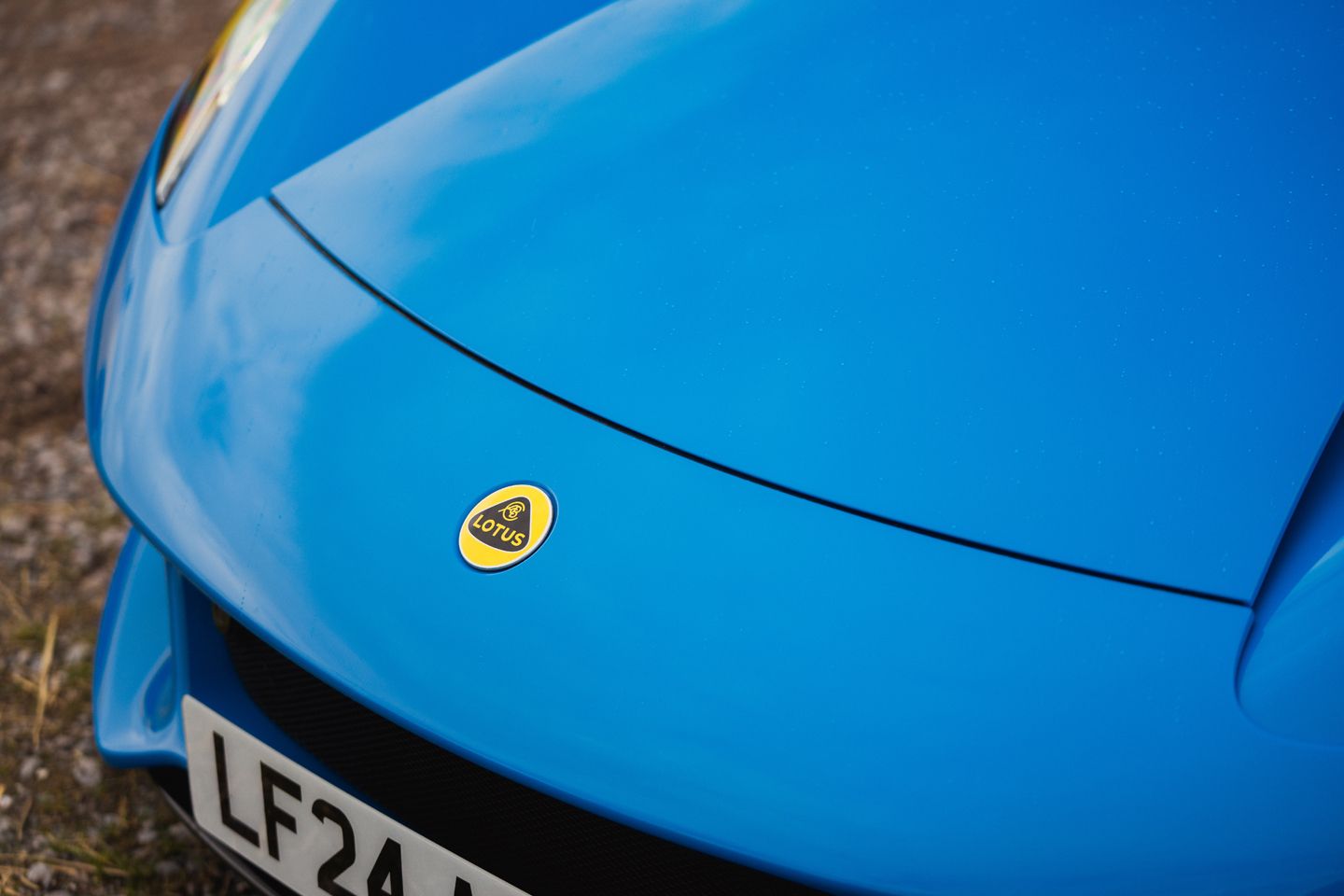
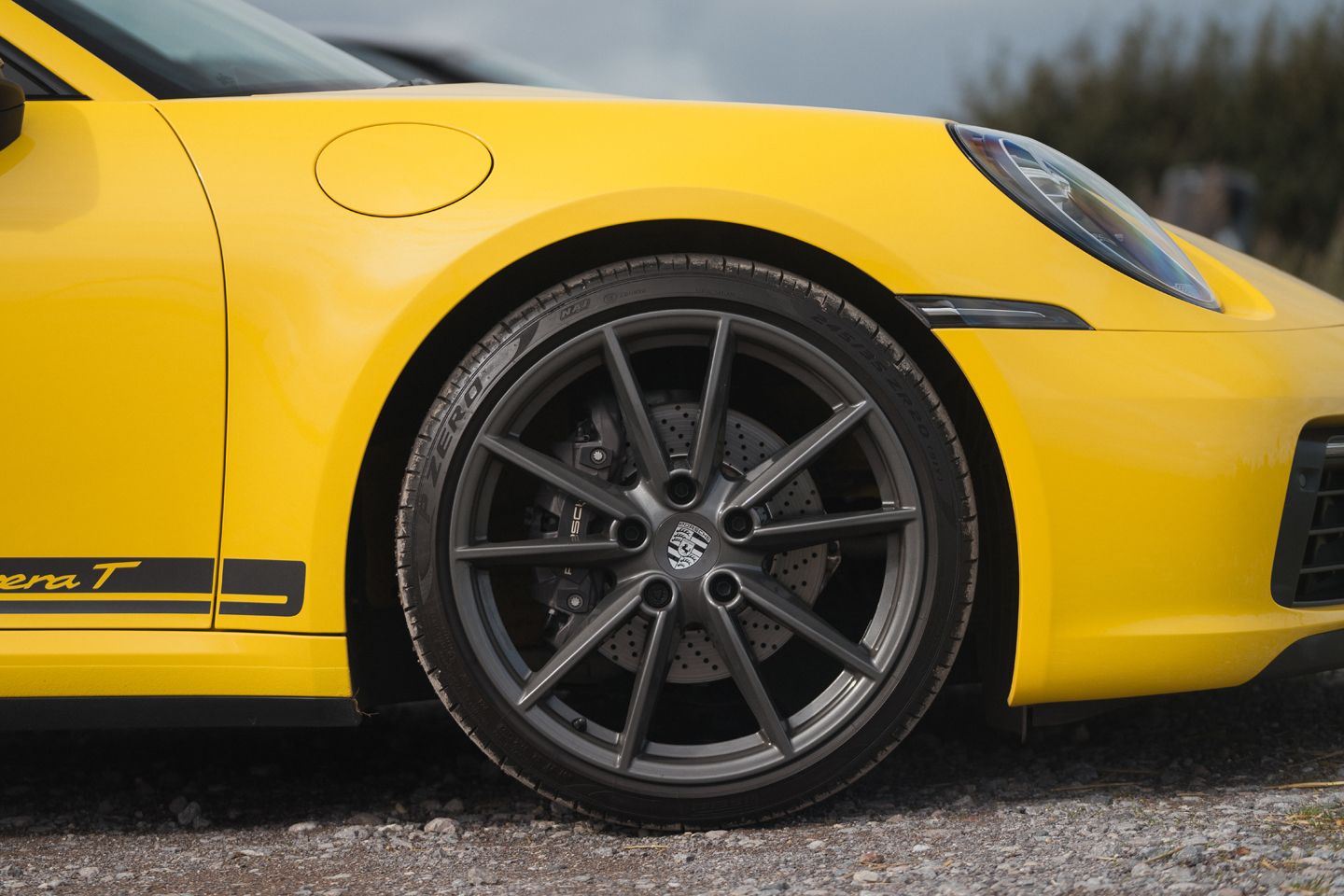
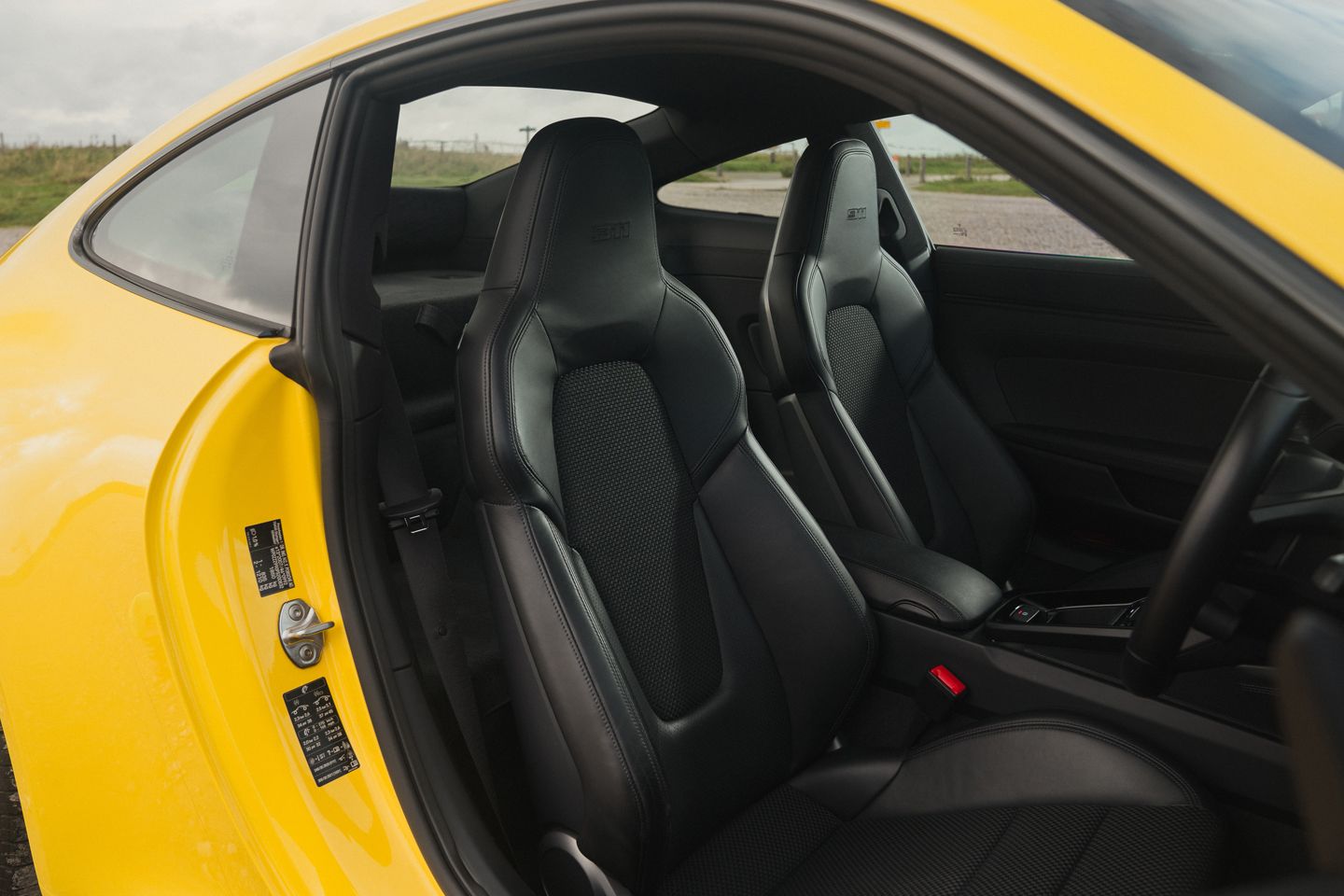

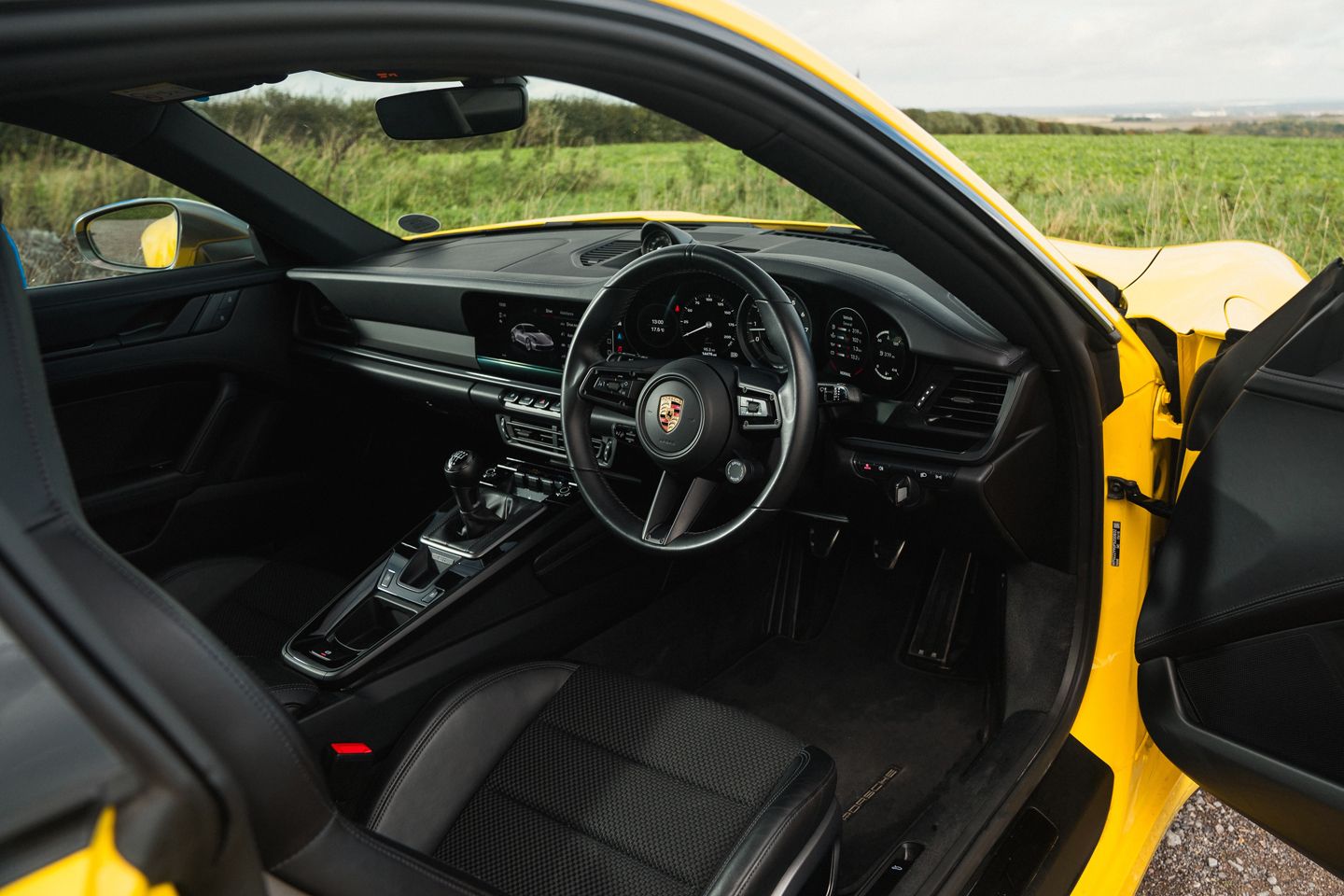
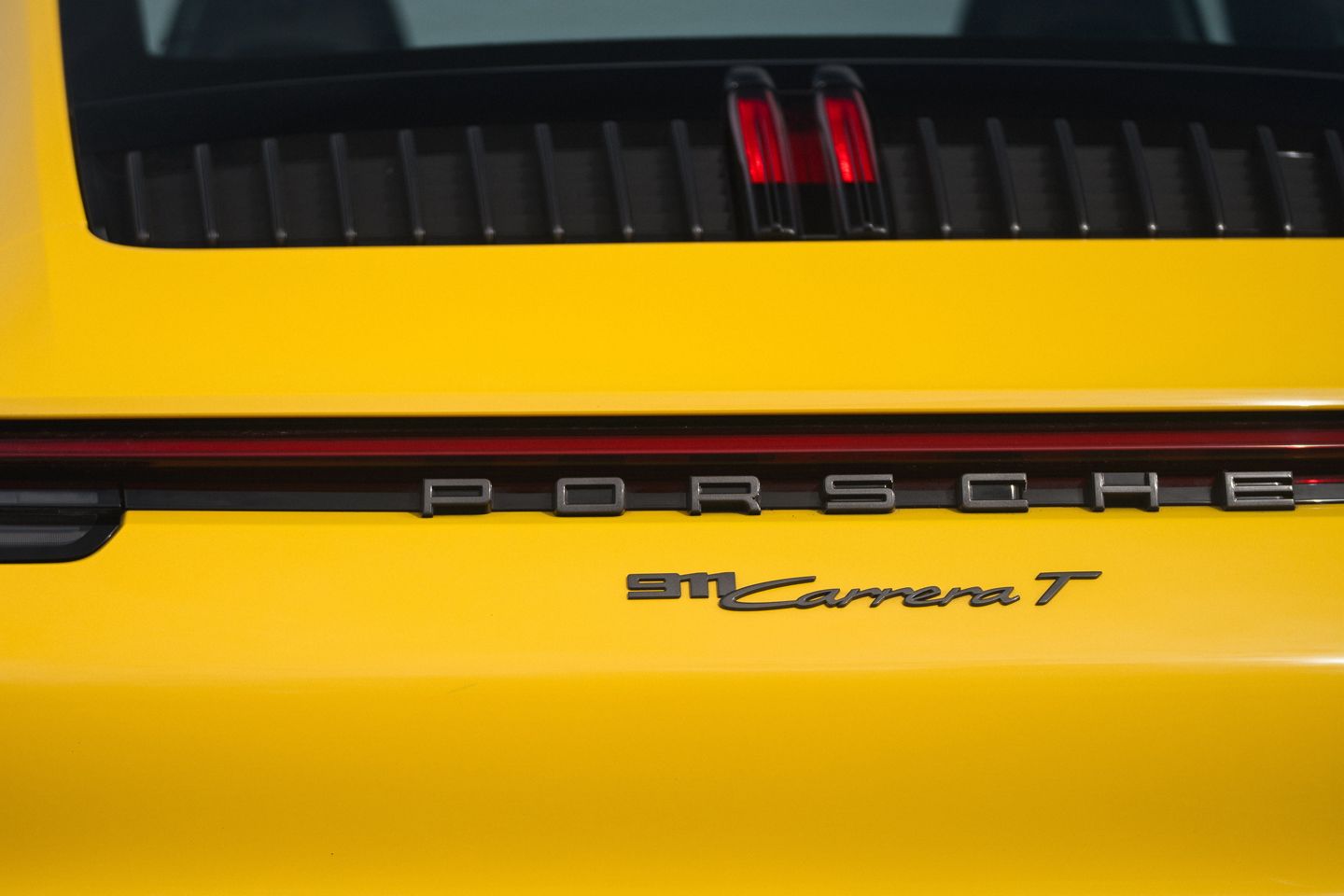
I was utterly amazed how little feedback the Emira steering gives about cornering forces. I keep reading/hearing about the famed Lotus steering… and the car drives like that!
The Emira also moved off its cornering line if I braked or accelerated… and not just a little bit.
Porsche for me.
Harry Metcalfe seemed to enjoin his Emira but he moved it on quite quickly.
The 911 has a depth of engineering that reveals itself over the ownership experience. Not sure Lotus can live with Porsche’s (generally) very high level of customer service too. That matters if you own one.
I really don’t see anybody who’s actually considering one of these cars seriously having the other as a close option.
By the way, Andrew Frankel states here that the Emira's DIN weight is actually 1330kgs which is lighter than the Evora it replaced by around 30kgs.
Excuse my pedantry but isn’t the featured car in Racing Yellow and not Speed Yellow?
Aside from that, as said by a previous poster, it’s another case where I can’t imagine someone who wants the Porsche seriously considering the Lotus.
Me?
I’ll have the 911 in Speed Yellow…
As an owner of an Emira and historically a number of 911’s, I just don’t think they are comparable. The Porsche feels far more useable than the Emira as a daily. Perhaps more importantly though for people new to the brand, Lotus customer service is appalling. They just don’t care. A great car in many respects but it is my first Lotus and will be my last.
Saw one from the rear at an OPC, in a whole car park full of pork of all shapes and sizes it really stood out - clean lines, so silly vents, wings or decals.
I’ll have mine in Nordic blue please, with the tan leather they seem to have stopped doing in favour of the silly farrow and ball inspired crayon.
And as I’m speccing something that’s no longer available, let’s go the whole hog: please can I have the engine and gearbox from the cayman GTS too?
The trouble is I’d have to have rear seats optioned back in, because the reason you choose a 911 is because you can use it as your main car.
I’d have the lotus for a weekender
Specifically on the 911 in the article, it beggars belief that you have to pay extra on a £100k car for things like electric folding mirrors. Lotus might have no clue on customer service but Porsche deliberately under-speccing their cars to fleece customers is almost as bad. The only saving grace is that you only have to suffer it once...
Harry Metcalfe seemed to enjoin his Emira but he moved it on quite quickly.
The 911 has a depth of engineering that reveals itself over the ownership experience. Not sure Lotus can live with Porsche’s (generally) very high level of customer service too. That matters if you own one.
Harry Metcalfe seemed to enjoin his Emira but he moved it on quite quickly.
The 911 has a depth of engineering that reveals itself over the ownership experience. Not sure Lotus can live with Porsche’s (generally) very high level of customer service too. That matters if you own one.
Gassing Station | General Gassing | Top of Page | What's New | My Stuff



